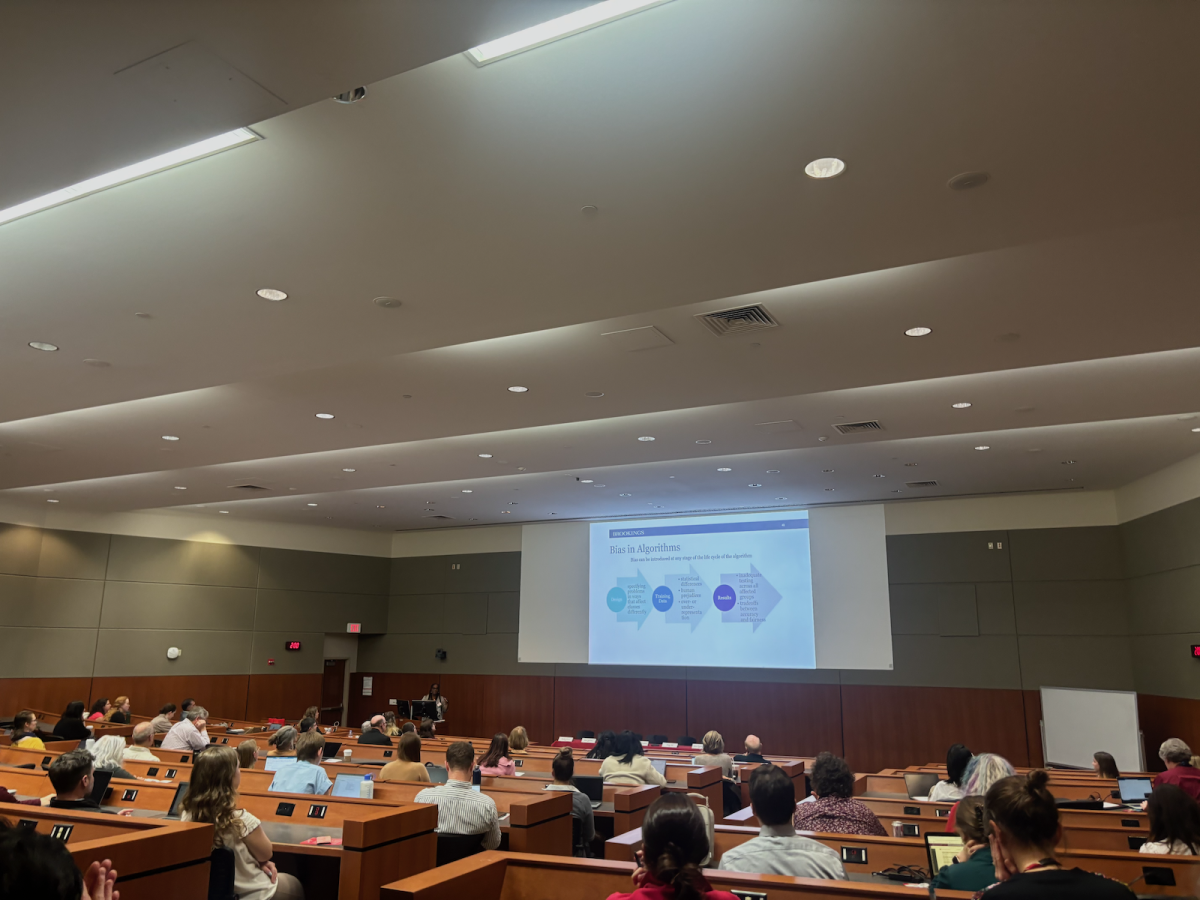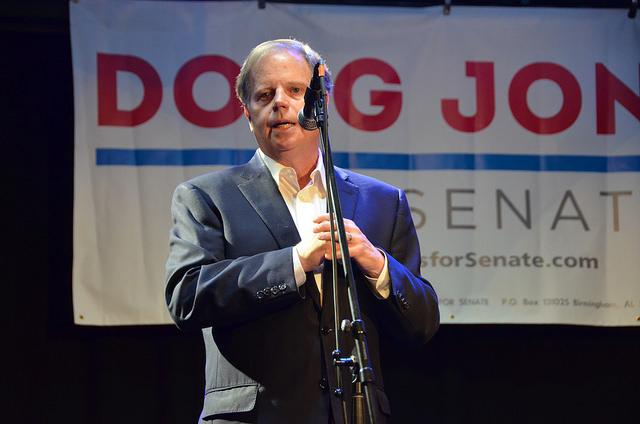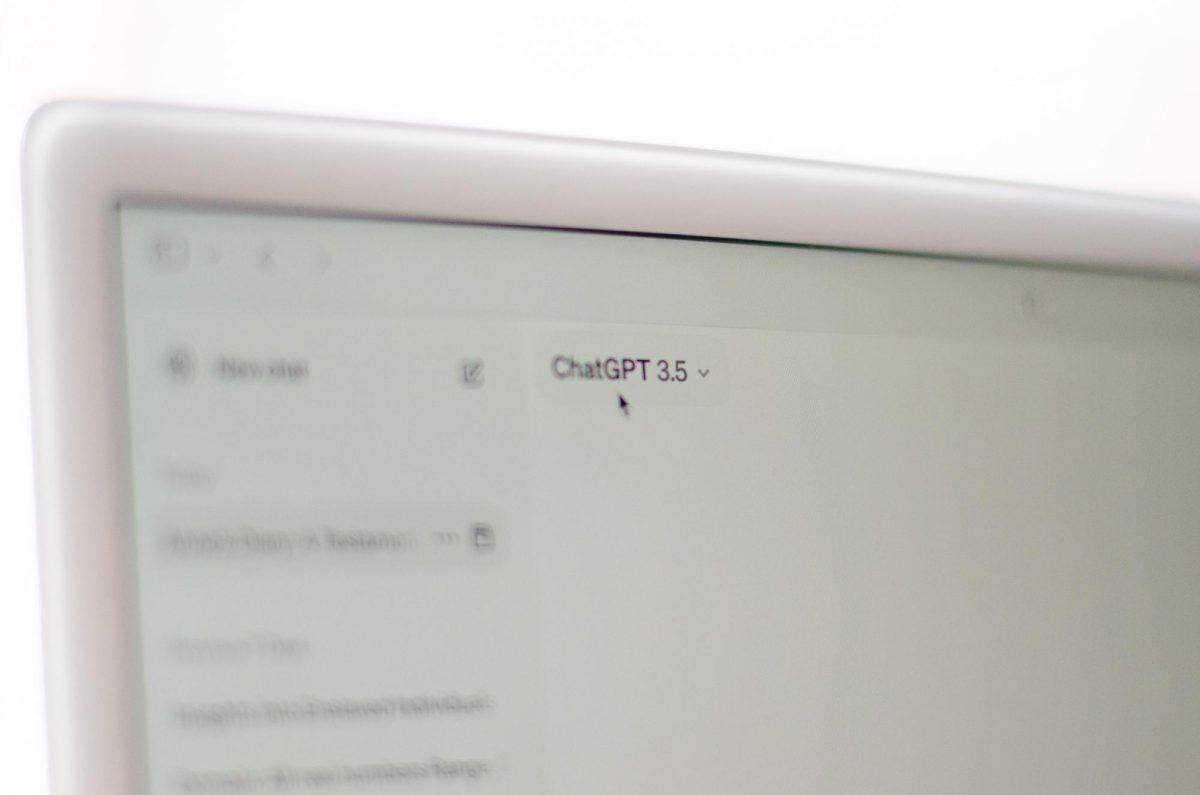In November 1912, Woodrow Wilson was elected president, carrying a whopping 435 electoral votes. But the election was not as much of a landslide as that figure would suggest — he actually only carried 41.8 percent of the popular vote. Wilson managed to win with such a low popular vote because the Republican party split its votes between Theodore Roosevelt, representing the Progressive Party, and William Howard Taft, the incumbent Republican.
Before this election, Roosevelt and Taft were close friends and colleagues — Taft won the 1908 presidential election largely because of Roosevelt’s support. Once Taft took office, however, Roosevelt became disillusioned with Taft’s increasingly conservative politics, as did many of Taft’s supporters.
At the 1912 Republican National Convention, Roosevelt lost the Republican nomination to Taft. But determined to take down Taft and his overly conservative policies, Roosevelt formed the Progressive Party and ran on a platform similar to the Republicans’, but with progressive social reform. Members of the Republican party cleaved off to support Roosevelt, and in the end, Roosevelt carried 27.4 percent of the popular vote while Taft had 23.2 percent.
Though each party’s politics look different now than they did in the early 20th century, President Donald Trump’s presidency is starting to bear a striking similarity to Taft’s. Over the past year, and particularly over the past couple of months, Trump’s administration and their extremist ideologies caused a rift within the Republican Party, and it’s starting to show.
Split over government shutdown may have negative implications for Democrats in midterm elections
Over the weekend, the U.S. government shut down when Congress failed to reach agreement on a stopgap funding measure. This was the first time in United States history that the government has shut down under single-party leadership. Despite having control of both houses of Congress and the White House, Republicans failed to even unite their own party to get the 60 votes needed to overcome a filibuster.
It’s true that most Democrats voted against the bill to push for a DACA deal, and for this reason, Republicans are blaming the shutdown on Democrats. But five Republicans also voted against the bill, and even though that alone wouldn’t have been enough to pass the spending bill, Republicans can’t hold Democrats as solely culpable for the shutdown if they can’t even reach agreement within their own party.
An article published by Vox outlines that Republicans’ inability to reach agreement “can’t be explained by treating the party as a unified actor. It’s not.” In Congress, and throughout the country, we are seeing a stark divide between more or less “traditional” conservatives, and Trump’s faction of conservatives.
Around the country, seats in the Senate and other public offices are flipping from red to blue. Earlier in January, Democrats picked up a Senate seat in Wisconsin’s traditionally Republican 10th district. In July 2017, Democrats flipped a seat in Oklahoma. In Fall 2017, Democrats picked up several legislative seats and a Democratic Governor in Virginia. In December, Democrat Doug Jones took Roy Moore’s Senate seat in Alabama, a state that has voted Republican in every presidential race in the past 40 years.
These districts are losing their Republican leadership, not because hoards of Democrats are moving to Oklahoma and Alabama, but because the conservative voters in these states are losing faith in the president they elected and his administration, just at Taft’s supporters did during his presidency.
Those once loyal to the Republican party seem to be second-guessing their party membership, and it’s unclear where they will turn. Democrats could try to capitalize on this split and expand their party. In 1912, though Wilson eventually won the presidency, 41 percent of the popular vote is not exactly impressive. Democrats could try to expand their policies to appeal to those more centrist Republicans.
On the other hand, this could be the beginning of the end of the two-party system as we know it. Foreign Policy released an article exploring the possibility of the U.S. transitioning to a multi-party system, as many countries in Europe have. “The fact is that our politics really have become different from what they were — more fragmented, more extreme, more ideological and more globalized, in the sense that the forces that shape European politics shape ours as well,” the article asserts.
The article argues that a multi-party system would allow citizens to recognize better which issues they agree on and which issues they disagree on, which could be chaotic but could be beneficial in encouraging dialogue. As Trump’s presidency continues, Democrats and Republicans alike should be wary of party lines and how they might shift. These next three years will be very telling, and the 2020 presidential election will really set the stage for how our two-party politics proceed.
Cait Gibbons ([email protected]) is a sophomore studying math.





















